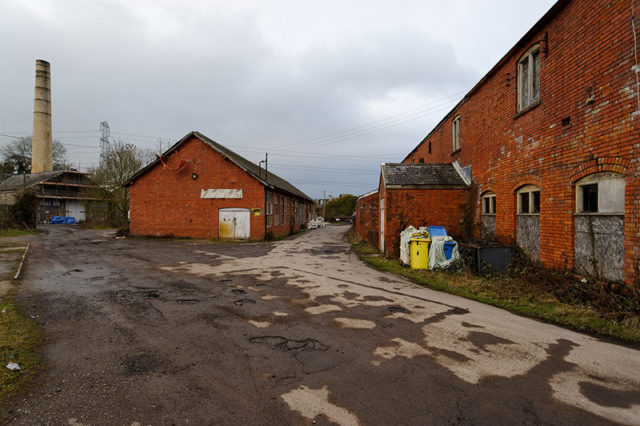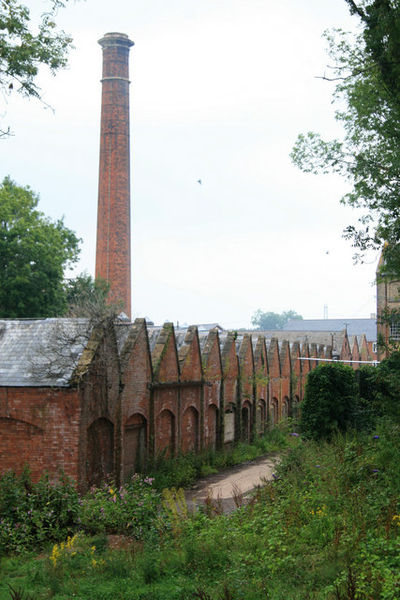At the beginning of the 18th century, the hardworking Were family from Wellington in the county of Sussex, England, ran a cottage industry producing serge. This is a worsted woolen fabric with a lightweight and tough weave that was used in making military uniforms during that period as it was thick and reasonably waterproof.
In those days, wool was an important commodity, more so in places like Somerset. Worsted fabrics were woven from long-haired breeds of sheep that thrived in the local area. The textile industry was booming like never before, which subsequently meant that the Were family’s business followed the same upward trajectory. In 1754 they formed Tone Mills and saw their initial investment quadruple over the next 17 years.

A man named Edward Fox proposed to Hannah Were. She gladly accepted and soon they were married. Having Hannah as a wife meant that Edward was now part of the Were family and pretty soon he took over running the business. Edward’s brother, Thomas, spent three years in the Netherlands and Germany learning about the wool trade. On his return to England he joined the company as a partner and, in 1772, Fox Brothers was formed.

Tone Mills stands on the bank of the River Tone where it is joined by Back Stream. At this point, the waterway flowed with enough force to power the mill. In the 1790s, Fox Brothers purchased the old flour mill buildings, just a short distance away along the river bank. Textile production was moved into this larger complex and the old Tone Mills building became the finishing house and dye factory.
The new Tonedale Mills campus also used water power in it’s early days. A network of sluices and weirs was built in 1801-1803 to ensure a constant steady stream of water to the waterwheel ponds. The size of the site meant that ancillary production all could take place onsite.

The innovations of 18th century technology revolutionized the manufacturing industry. Steam power was introduced at Tonedale Mills, and later the newly discovered wonder of electricity was used. However, the Fox brothers decided to keep the waterworks in place in case of need, and parts of the system still remain today.


Having such productive technology in their hands allowed their business to expand even further. During their best years, Fox Brothers employed more than 3,600 people. At this point the factory was the biggest woolen mill to the found in southwest England, manufacturing a range of woolen fabrics.

With such manpower, they were able to produce no less than 21,300 feet of quality product every single day. Among other products, they developed a khaki dye which was used for the uniform of British colonial soldiers during the Second Boer War (1899–1902). Tonedale Mills also famously produced Taunton serge. Known for it’s high quality, this was used in military uniforms. During World War 1, they supplied the British army with leg wraps called puttees.

The original Tone Mills building was destroyed in a fire in 1821 and replaced by a brick structure.
The business continued to thrive for many decades. But by the 1980s it began to slow down sometime during the 1980s. Slowly over the years, part by part the factory was being shut down.
The legacy of this old mill continues in a small part where production is still very much active. The business managed to survive thanks to Douglas Cordeaux and Deborah Meaden who invested a handsome sum of money, thus allowing this business to keep its production going well into the 21st century.

Much of the Tonedale Mills site remains abandoned to this day, however some parts have been either sold and one section is occupied by a number of small businesses. It is protected as a Grade II listed building and in 2010 was placed on the Heritage at Risk list.

Plans were approved to convert this place into luxury housing, but unfortunately, the economic crisis of 2008 brought things to a halt. Redevelopment is supported by the local community. The Tonedale Mills campus is now owned by Sheikh Holdings who have plans to renovate the whole area as apartments, shops and offices. Sadly a fire caused a section of the building collapsed after a fire in August of this year.
